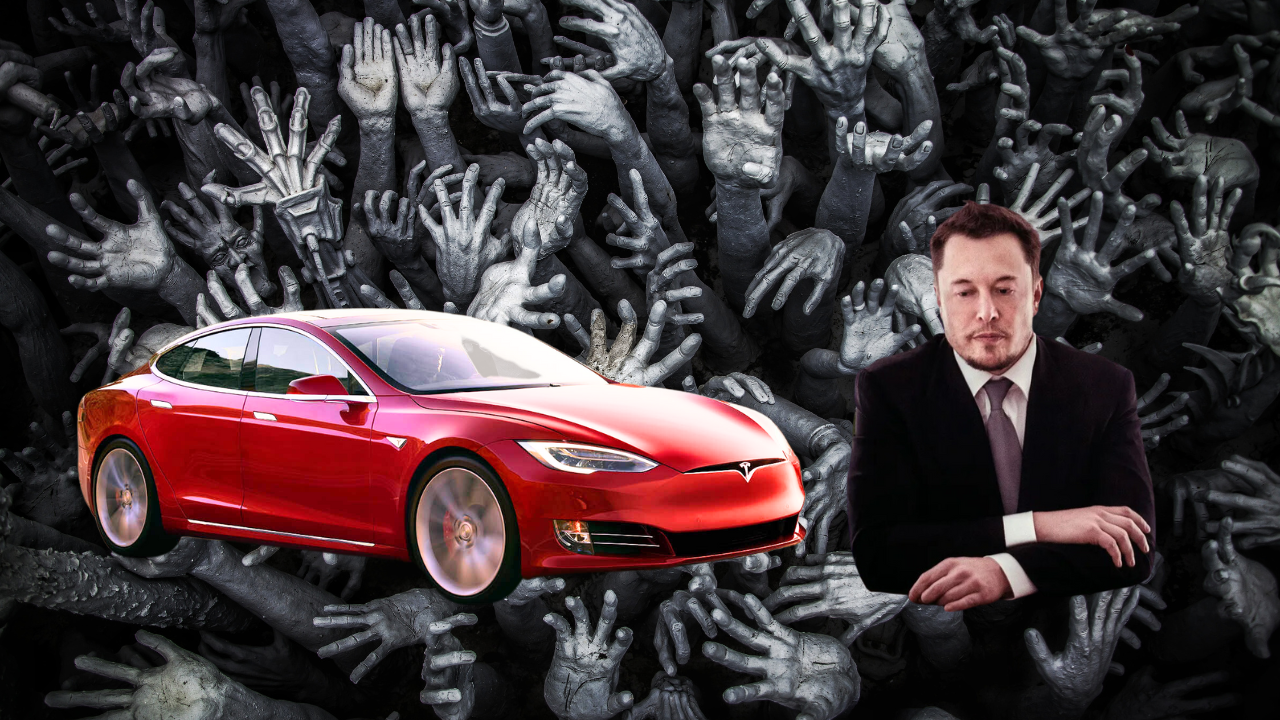Tesla Autopilot Failure: Here's How Many People Have Died In Tesla Cars Till Date
Elon Musk's Tesla Autopilot system has been involved in more crashes than previously reported, with 736 crashes in the US alone since 2019, according to an analysis by The Washington Post. Industry experts have called for enhanced safety measures, while cautioning against excessive reliance on driver-assistance technology. Tesla's Full Self-Driving technology, which is in beta-testing on city streets, has been linked to an increase in crashes. Safety experts argue that the system has limitations and is prone to errors.

Updated Jun 13, 2023 | 08:54 AM IST

Tesla Autopilot Failure: Here's How Many People Have Died In Tesla Cars Till Date
Elon Musk’s Tesla autopilot system is again the talk of the town for all the wrong reasons. Tesla autopilot system is an autonomous driving mode that is turning out to be more of a curse than a boon. According to a recent analysis conducted by The Washington Post, it has been discovered that the number of crashes involving Tesla vehicles operating in Autopilot mode is significantly higher than previously reported.
The data, obtained from the National Highway Traffic Safety Administration, reveals a total of 736 crashes in the United States since 2019, shedding light on the potential risks associated with Tesla's driver-assistance technology. Tragically, these crashes have resulted in the loss of at least 17 lives. As concerns mount regarding the reliability and safety of Tesla's Autopilot system, experts are highlighting its limitations and the need for improved technology.
The recent analysis conducted by The Washington Post has shed light on the alarming number of crashes involving Tesla vehicles operating in Autopilot mode. With increasing reports of crashes involving Tesla’s autopilot mode, concerns are mounting regarding the reliability and safety of Tesla's Autopilot and Full Self-Driving technology. On the other hand safety experts around the world are emphasizing on the need for enhanced safety measures and caution against excessive reliance on driver-assistance systems. As the quest for autonomous driving continues, it is imperative that car manufacturers prioritize the development of robust and dependable technologies that prioritize the safety of both drivers and pedestrians on the road.
Rising Concerns over Tesla's Autopilot System
The increase in the number of crashes involving Tesla vehicles utilizing the Autopilot system is believed to be partially attributed to the expanded use of the company's Full Self-Driving (FSD) technology. This technology, currently in beta-testing on city streets, aims to provide a level of autonomy to Tesla vehicles. However, safety experts around the globe are arguing that Tesla's Autopilot system is falling short of expectations and is prone to errors.
Fatalities and Safety Implications
According to The Washington Post's analysis, 17 individuals have tragically lost their lives in crashes involving Tesla vehicles operating in Autopilot mode. These incidents highlight the potential dangers associated with relying too heavily on driver-assistance technology. Despite Tesla's assurances and marketing claims, safety experts claim that the Tesla’s Full Self-Driving system fails to deliver on the promise of fully autonomous driving. The technology's limitations and tendency to make mistakes raise concerns about the overall safety and reliability of Tesla vehicles on the road.
The Importance of Enhanced Safety Measures
With the increasing adoption of autonomous driving technologies, it is crucial for manufacturers to prioritize the safety and reliability of these systems. As Tesla continues to develop and refine its Autopilot and Full Self-Driving technology, industry experts and regulators emphasize the need for robust safety measures. Ensuring proper training, testing, and validation processes are in place before widespread deployment is essential to prevent accidents and protect lives.
End of Article
Videos





02:08
What Are Key Differentiating Points In Poonawalla Fin Corp ? | Explains MD Abhay Bhutada

03:23
Breaking News | BJP MP Accuses Leaders Of 'Adjustment' With Congress In Karnataka, Sparks Infighting

03:38
Manipur Violence Erupts Again As Kukis, Meiteis Refuse Peace Talks| 9 Killed In Flare-Up

03:03
How MD of Poonawalla Fincorp Abhay Bhutada Started His Career ? | Business News

03:56
TMC Workers Clash In West Bengal Ahead Of Upcoming Panchayat Polls | Election News













